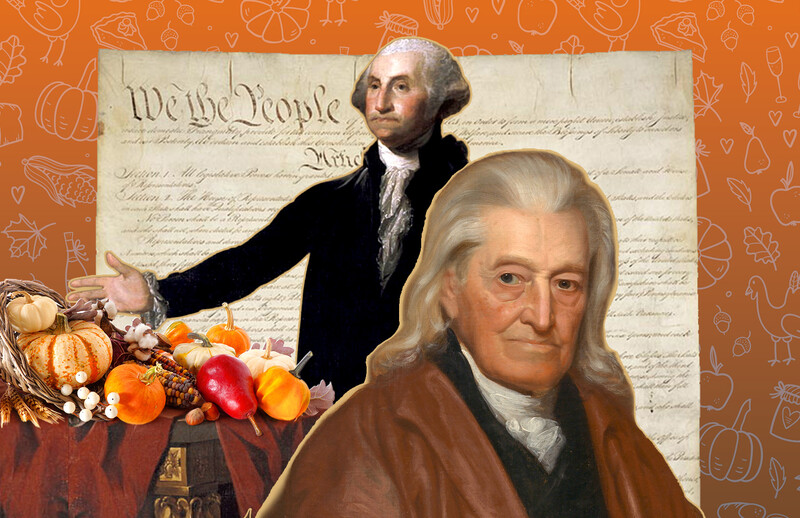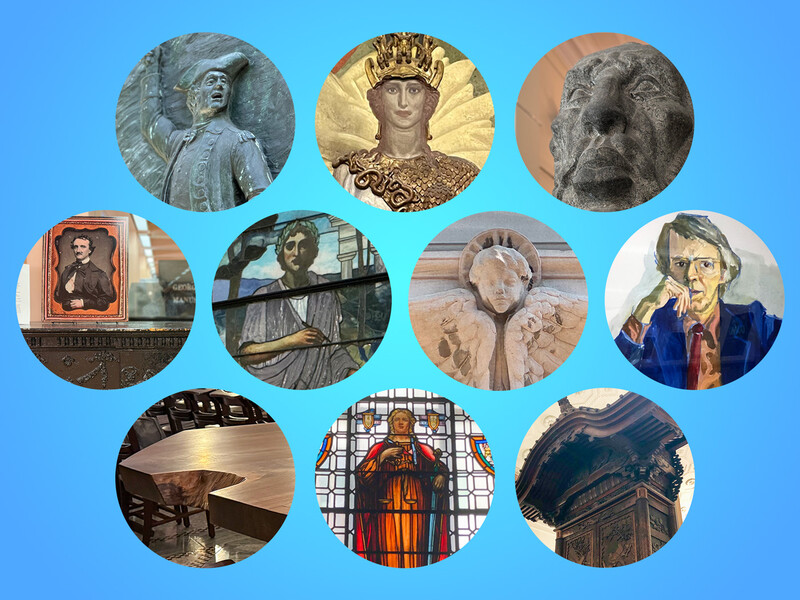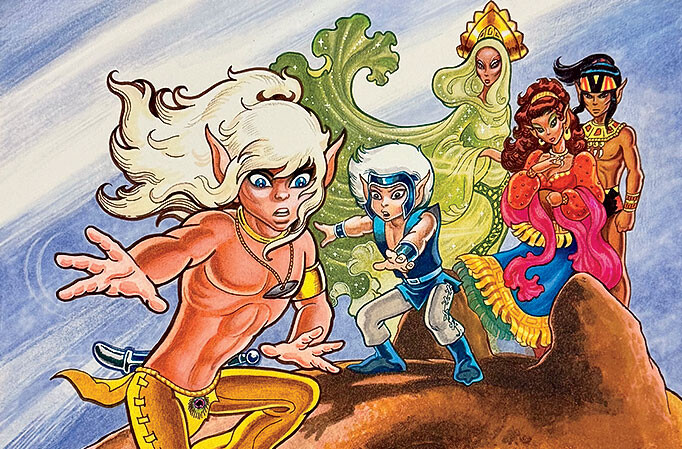When Arthur C. Danto, Johnsonian Professor Emeritus of Philosophy at Columbia, died in October of heart failure at the age of eighty-nine, major obituaries in the New York Times, the Associated Press, the Guardian, and elsewhere lauded him mainly as a critic and philosopher of art. Danto ’53GSAS had “upended” the study of art history by proclaiming the “end of art.” He had “championed” the work of avant-garde artists like Andy Warhol, being the first to grasp the philosophical challenge such work posed to the distinction between art and non-art. His reviews as art critic for the Nation — a position he held from 1984 to 2009 — had anatomized the work of artists ranging from Leonardo to Basquiat with “insight” and “erudition.”
All of that is true. What the casual reader of these obituaries might not realize, however, is the magnitude of Arthur Danto’s achievement in the mainstream of contemporary philosophy. Among his thirty or so books are Analytical Philosophy of History, Analytical Philosophy of Knowledge, and Analytical Philosophy of Action. Danto’s turn of mind was indeed “analytical”: when it came to logical acuity, he was in the first rank of professional philosophers. Those who were lucky enough (as I was in the late 1970s) to attend his rotating trio of graduate seminars — titled “Thought,” “Feeling,” and “Action” — will attest to his virtuoso gift for teasing apart subtle concepts and drawing lucid distinctions. And the drawing of such distinctions was crucial to Danto. For he saw philosophical problems as characteristically arising when two things looked exactly alike but in reality were critically different: dreaming vs. waking (Descartes), chance vs. determinism (Hume), machines vs. thinking beings (Turing), a Brillo box vs. a work of art (Warhol). One of his charming examples, which he used to illustrate the subtle logic of human action, was Giotto’s fresco cycle in the Arena Chapel in Padua. In six panels of the cycle, Danto would observe, Christ is depicted with a raised arm, yet he is performing six distinct actions.
But Danto had none of the dryness that is often the fatal flaw of contemporary philosophy. To the contrary, the rich lyricism and humor of his writing (and speech) made him one of the two or three finest prose stylists in the profession. A Danto paper on the logic of mental representation was invariably as enjoyable to read as a Danto review of the latest Whitney Biennial.
He had an intellectual cosmopolitanism that was rare in the insular world of Anglo-American philosophy. An Army veteran of the Second World War (during which he served in Italy and North Africa), Danto spent the years 1949–50 in Paris on a Fulbright scholarship, studying with Maurice Merleau-Ponty. He produced pioneering books on continental figures like Nietzsche and Sartre, sympathetically assaying their ideas from the bracing perspective of analytic philosophy.
Danto’s cosmopolitanism was more than merely philosophical. He was at home in any center of civilization, and as at ease in the bohemian world of the New York intelligentsia as he was in the more academic precincts of Morningside Heights. An artist himself before he settled on a career in philosophy — his woodcuts were exhibited at the Art Institute of Chicago and the National Gallery in Washington — Danto moved happily in the international art world, forming warm friendships with figures like Cy Twombly and David Hockney. He could be a brutally honest critic, whether of artists, fellow philosophers, or graduate students, but his generosity of spirit and the insightfulness of his criticism more than made up for any bruises.
Danto’s view of philosophy was not without pessimism. At the beginning of his book Connections to the World, a lovely introduction to philosophy that was the basis for a popular course he taught to Columbia undergraduates over the decades, he described the history of philosophy not as a matter of continuous progress, but as akin to a repeated waking up from a dream, a dream in which mere appearance had been mistaken for reality. “So,” he wrote, “philosophy does not have a real history ... Or, more dramatically yet, the history of philosophy is a long nightmare from which philosophy longs to waken.”
Against this somber vision must be set the urbane delight Danto took in art, in ideas, in philosophical disputation, and in the most commonplace aspects of life — like taking his beloved dogs for a walk in Riverside Park or sharing a great cassoulet and bottle of Chiroubles. His capacity for jollity was immense and infectious. Years ago, on the eve of a Twombly exhibition at the Museum of Modern Art, I was chatting with Danto on the phone about that artist’s work. I told him I was tired of defending Twombly’s “elegant whispers.” Arthur reacted to my phrase with unexpected animation, as if it were a fresh and felicitous trope for Twombly’s art and not a howling cliché. When I repeated the words “elegant whispers,” the misunderstanding became apparent: he thought I had said “elephant whiskers”! In his mind’s eye he had instantly seen the archetypal Twombly painting as a distribution of elephant whiskers across empty space. For some moments, I heard deep and repeated peals of laughter over the line. Though the unconscious brilliance was all on his side, I had to join him. A few days later, a card came to me in the mail from his wife telling me that she had never heard Arthur laugh so loud.



